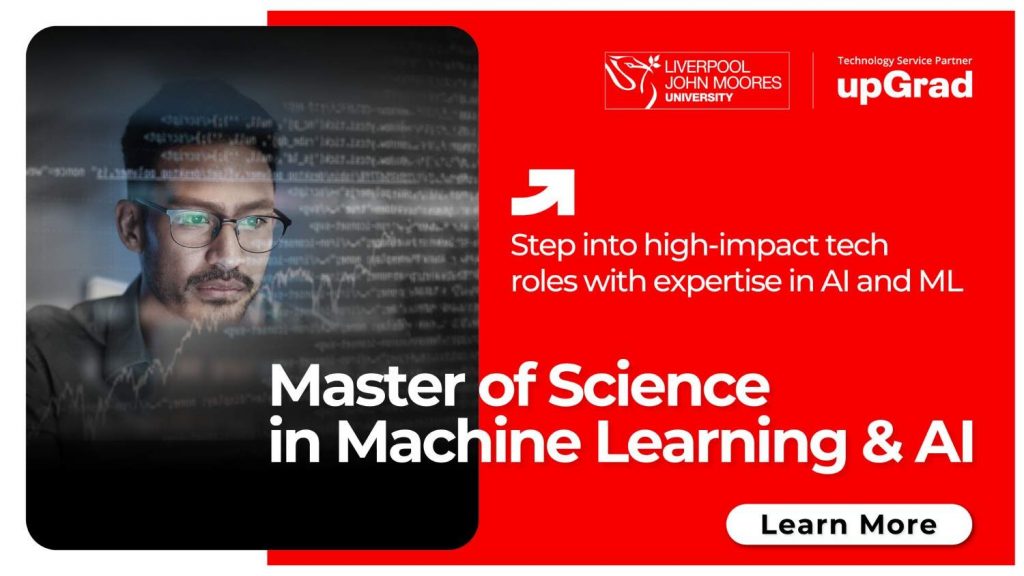Deep learning trains artificial neural networks to recognize and understand patterns in data. These networks mimic the way our brains process information by using interconnected layers of nodes. Deep learning has greatly advanced in areas such as language processing, image recognition, and audio analysis.
Neural Networks Architecture
Deep learning relies heavily on the architecture of neural networks. It typically involves three layers: input, hidden, and output. These layers consist of nodes that perform mathematical operations on the data. The hidden layers allow the network to learn complex features by extracting information from the data in a hierarchical manner.
Training Process
Deep learning training feeds a huge dataset to the neural network and changes the weights and biases of the network’s nodes to minimize the gap between expected and actual outputs. This is accomplished by backpropagation, in which the network modifies its internal parameters based on the determined error.
Applications of Deep Learning
-
Image Recognition
Deep learning has improved picture recognition tremendously. CNNs are commonly used for applications such as object identification, facial recognition, and picture categorization. The applications vary from self-driving automobiles that recognise pedestrians to medical imaging for illness diagnosis.
-
Natural Language Processing (NLP)
Deep learning has transformed NLP by allowing machines to comprehend and generate human language. Language translation, sentiment analysis, chatbots, and speech recognition have all benefited from Recurrent Neural Networks (RNNs) and Transformers.
-
Autonomous Vehicles
Deep learning is critical for autonomous cars to comprehend and navigate the world. Deep neural networks interpret sensor data, such as pictures and LiDAR readings, in real-time to identify objects, detect barriers, and make judgments, improving road safety and efficiency.
-
Healthcare
In the healthcare business, deep learning has found several uses. It aids in the diagnosis of illnesses from medical imaging to the prediction of patient outcomes. Deep learning models can analyze massive volumes of patient data and uncover patterns that human practitioners may miss.
-
Financial Services
Deep learning is used in finance for fraud detection, credit scoring, algorithmic trading, and risk assessment. Neural networks can analyze large volumes of financial data to identify fraudulent transactions, predict market trends, and optimize investment strategies.
-
Robotics
Deep learning empowers robots with perception, object recognition, and decision-making capabilities. Robots equipped with deep learning algorithms can learn from their environment and perform complex tasks such as grasping objects, assembly line operations, and collaborative manufacturing.
Challenges and Future Directions
While deep learning has achieved great progress, it also confronts several obstacles. Deep neural network training needs large processing resources as well as labeled data. Furthermore, comprehending the judgments produced by deep learning models, known as the “black box” problem, remains difficult.
Future goals in deep learning include investigating more efficient topologies, such as Capsule Networks, and enhancing model interpretability and explainability. Researchers are also focusing on transfer learning, in which information learned from one job may be transferred to another, decreasing the requirement for big labeled datasets.
Parting Words
Deep learning courses are in great demand. The applications of deep learning in image identification, natural language processing, self-driving cars, healthcare, finance, and robotics are transforming these industries. Deep learning has the prospect of greater developments and breakthroughs as it evolves, impacting the future of artificial intelligence.
FAQs:
- Are pre-trained deep learning models available?
Yes, pre-trained models like VGG, ResNet, and BERT are available for various tasks.
- Can deep learning models be deployed on resource-constrained devices?
Yes, techniques like model compression and specialized hardware enable deployment on resource-constrained devices.
- What is the role of activation functions in deep learning?
Activation functions introduce non-linearity to neural networks, enabling them to learn complex relationships in the data.
- Is it necessary to have a large dataset for deep learning?
While more data is beneficial, deep learning can still work with smaller datasets using techniques like data augmentation and transfer learning.
- Can deep learning models handle real-time applications?
Yes, deep learning models can be optimized for real-time applications, but it depends on the specific requirements and available computational resources.









